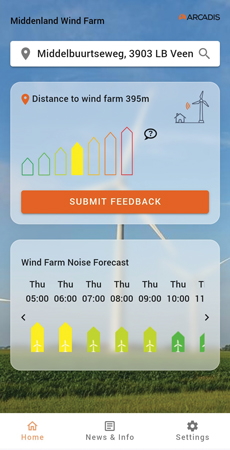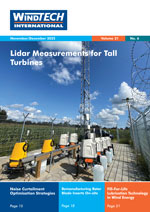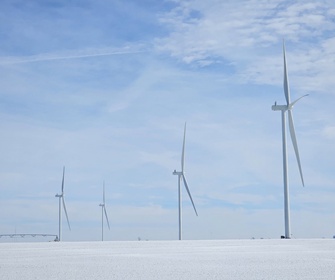 Real-Time Insights into the Impact of Turbine Noise and Shadow Flicker
Real-Time Insights into the Impact of Turbine Noise and Shadow Flicker
As wind energy continues to expand to meet global sustainability goals, its growth often encounters challenges related to community acceptance. To address these concerns, an interactive tool was developed that combines advanced forecasting and community feedback to enhance communication, transparency and mitigation strategies for socially sustainable wind energy development.
By Erik Koppen, Principal Wind Energy and Noise Consultant, Arcadis, the Netherlands








